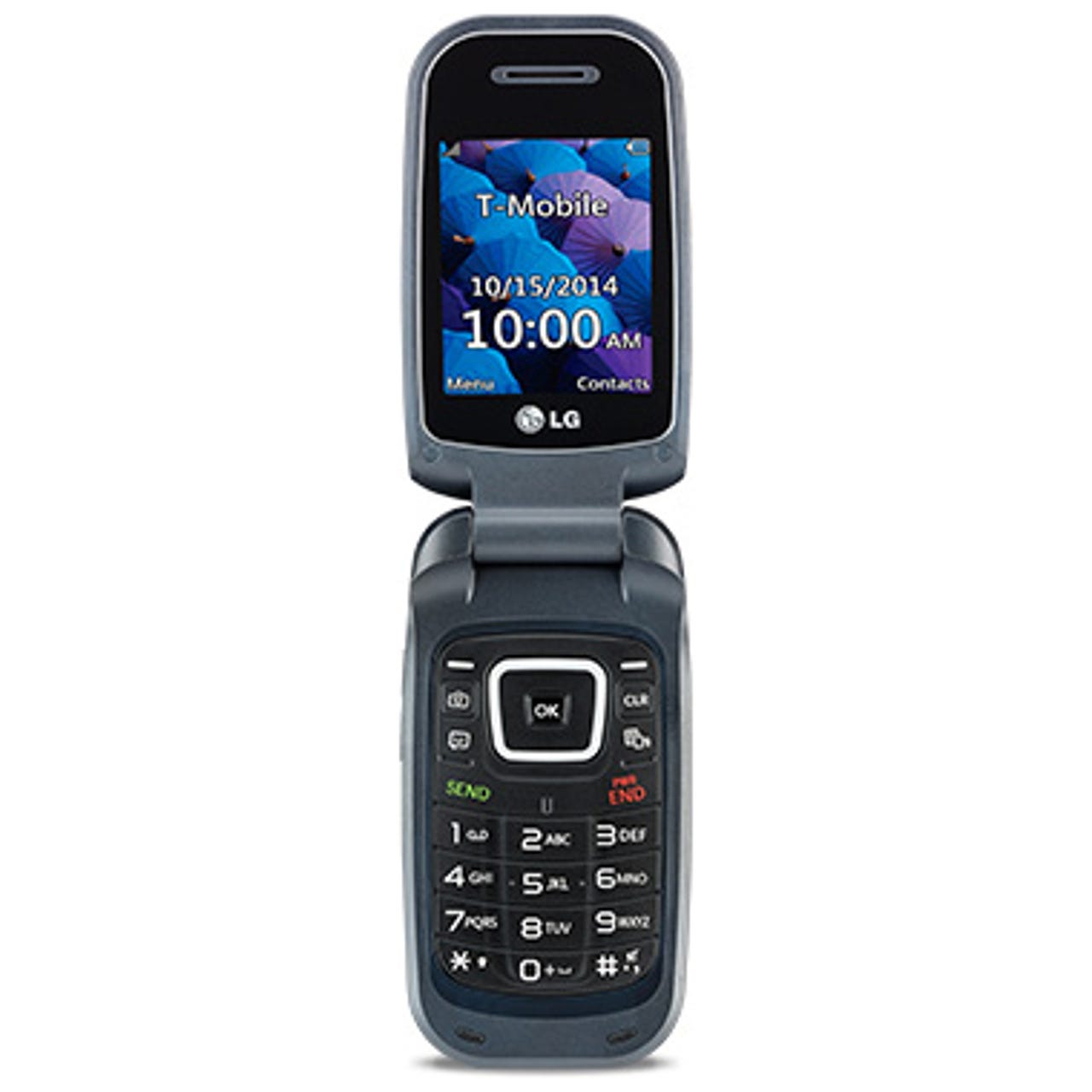Ten reasons to still consider a basic flip phone in today's smartphone world


I was on active duty in the USCG back in 1997 and carried a duty Motorola StarTAC in order to respond to marine casualties. Many years were spent with flip phones and I'm actually pleased to see that you can still buy flip phones from LG, Samsung, Kyocera, and others today.
Many of my ZDNet readers ask about phone call quality when I post a smartphone review and others often comment that a phone should focus first on being a phone. In the spirit of these readers and as I think about my coworker's flip phone, here are ten reasons that a flip phone is still an attractive option in today's fast-paced smartphone world.
- Price: I'm seeing contract prices ranging from free to $100 while others even have full no-contract prices of $60. Smartphones generally start at the $200 contract price, with full prices ranging from $500 to over $900.
- Convenience: It doesn't get much easier than flipping up the top of the phone to answer a call and closing the phone to end a call is pretty satisfying at times.
- Battery life: It's pretty standard today to charge your smartphone up every night. Flip phones can last from three days to a week, or more, which is great for travelers.
- Disconnected life: Many of us spend all day on computers and then often come home and use them again. People are able to get a break away from technology with a flip phone and it's healthy for us to disengage at times.
Featured
- Durability: Most large screen smartphones have a tough time surviving a fall. Flip phones can usually take quite a bit of abuse, although my coworker's last one died when he accidentally placed it in a glass of tea in his car's cupholder.
- Simple: I get lots of questions from people on the complexities of today's modern smartphones and you can find new things on them daily. A flip phone is focused on dialing and calls, but some can have extra features as well.
- Size: Flip phones are usually very pocketable and the flip design lets them fold up to an even smaller size.
- Privacy: Flip phones are not always connected and sending your information back and forth across the internet, in most cases.
- Secure: Hackers work to collect our information and there are many incidents of rogue apps and other attacks on smartphones. Flip phones generally don't store or have the ability to share personal information.
- Call quality and performance: Phone calls seem to be low on the priority list of smartphones, but I have always been impressed by loud and clear calls on flip phones.
As much as I would like to go back to a flip phone, the disconnection sounds great at times, I am part of the connected world and find lots of value in smartphones and wearable products.
Would you still consider a basic flip phone or do you need the power of a smartphone?